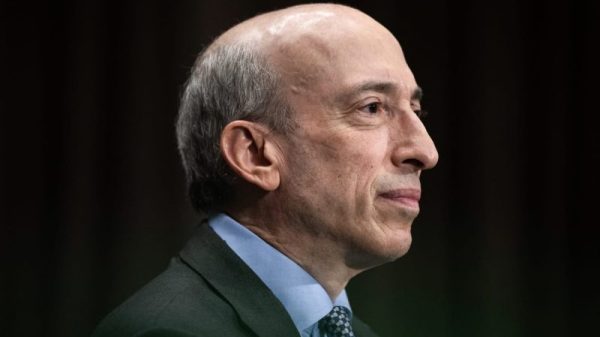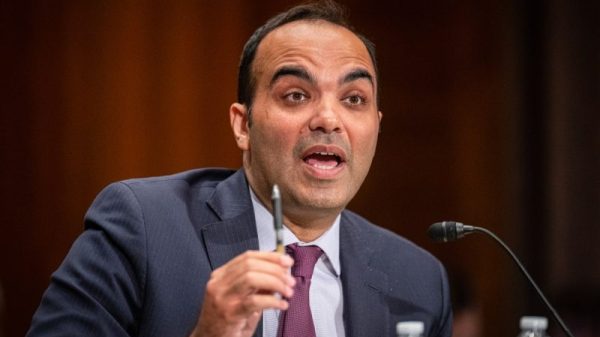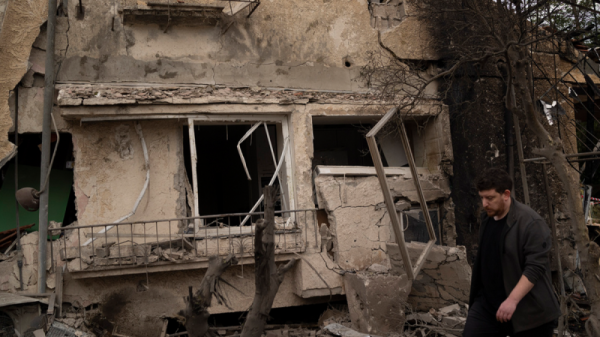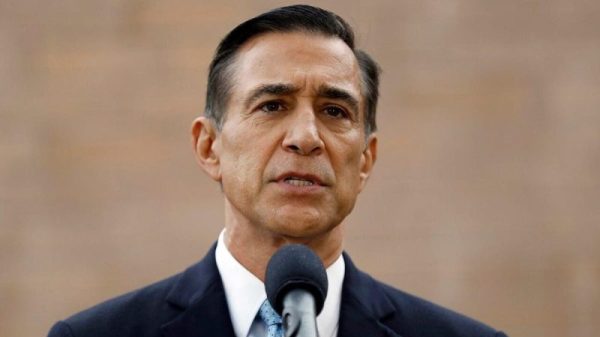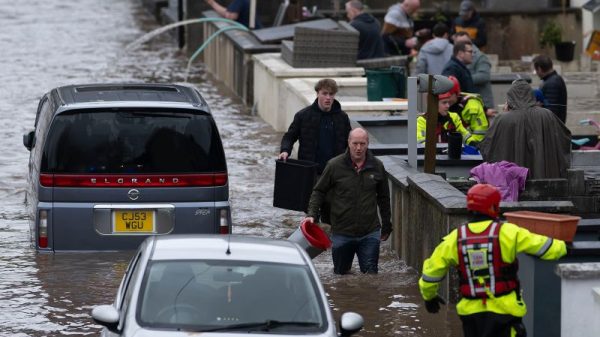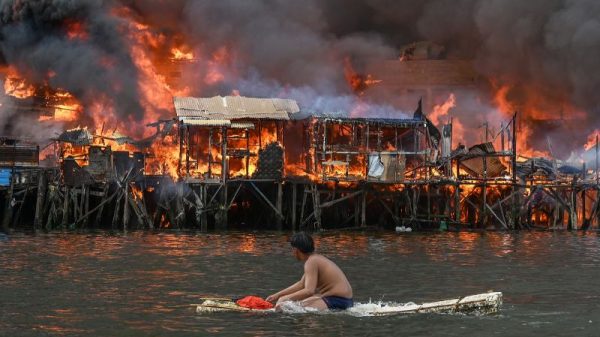It started with a bang at 3 a.m. Monday as the residents of Derna were sleeping. One dam burst, then a second, sending a huge wave of water gushing down through the mountains towards the coastal Libyan city, killing thousands as entire neighborhoods were swept into the sea.
More than 5,000 people are believed to have been killed with thousands more missing, though estimates from different Libyan officials and aid groups have varied and the toll is expected to rise.
Buildings, homes and infrastructure were “wiped out” when a 7-meter (23-foot) wave hit the city, according to the International Committee of the Red Cross (ICRC), which said Thursday that dead bodies were now washing back up on shore.
But with thousands killed and many more still missing, there are questions as to why the storm that also hit Greece and other countries caused so much more devastation in Libya.
Experts say that apart from the strong storm itself, Libya’s catastrophe was greatly exacerbated by a lethal confluence of factors including aging, crumbling infrastructure, inadequate warnings and the impacts of the accelerating climate crisis.
A ferocious storm
The extreme rainfall that hit Libya on Sunday was brought by a system called Storm Daniel.
After sweeping Greece, Turkey and Bulgaria, with severe flooding that killed more than 20 people, it formed into a “medicane” over the Mediterranean – a relatively rare type of storm with similar characteristics to hurricanes and typhoons.
The medicane strengthened as it crossed the unusually warm waters of the Mediterranean before dumping torrential rain on Libya on Sunday.
It brought more than 16 inches (414 mm) of rainfall in 24 hours to Al-Bayda, a city west of Derna, a new record.
While it’s too early to definitively attribute the storm to the climate crisis, scientists are confident that climate change is increasing the intensity of extreme weather events like storms. Warmer oceans provide fuel for storms to grow, and a warmer atmosphere can hold more moisture, meaning more extreme rainfall.
Storms “are becoming more ferocious because of climate change,” said Hannah Cloke, professor of hydrology at the University of Reading in the UK.
A history of flooding
Derna is prone to flooding, and its dam reservoirs have caused at least five deadly floods since 1942, the latest of which was in 2011, according to a research paper published by Libya’s Sebha University last year.
The two dams that burst on Monday were built around half a century ago, between 1973 and 1977, by a Yugoslav construction company. The Derna dam is 75 meters (246 feet) high with a storage capacity of 18 million cubic meters (4.76 billion gallons). The second dam, Mansour, is 45 meters (148 feet) high with a capacity of 1.5 million cubic meters (396 million gallons).
Those dams haven’t undergone maintenance since 2002, the city’s deputy mayor Ahmed Madroud told Al Jazeera.
But the problems with the dams were known. The Sebha University paper warned that the dams in Derna had a “high potential for flood risk” and that periodic maintenance is needed to avoid “catastrophic” flooding.
“The current situation in the Wadi Derna reservoir requires officials to take immediate measures to carry out periodic maintenance of existing dams,” the paper recommended last year. “Because in the event of a huge flood, the result will be catastrophic on the residents of the valley and the city.” It also found that the surrounding area lacked adequate vegetation that could prevent soil erosion. Residents of the area should be made aware of the dangers of flooding, it added.
“It’s very clear that without this dam break, we wouldn’t have seen the tragic number of fatalities that that have happened as a result,” she said.
“The dams would have held back the water initially, with their failure potentially releasing all the water in one go,” Stephens also told Science Media Center, adding that “the debris caught up in the floodwaters would have added to the destructive power.”
Derna has been battered in the past, its infrastructure upended by years of fighting.
From battling ISIS and then later, eastern commander Khalifa Haftar and his Libyan National Army (LNA), the city’s infrastructure has crumbled and is woefully inadequate in the face of floods like the one brought by on by Storm Daniel.
A lack of warnings
Better warnings could have avoided most of the casualties in Derna, the head of the United Nations’ World Meteorological Organization, Petteri Taalas, said.
“If there would have been a normally operating meteorological service, they would have issued the warnings and also the emergency management of this would have been able to carry out evacuations of the people and we would have avoided most of the human casualties,” Taalas told reporters at a news conference Thursday.
Talaas added that the political instability in the country has impeded WMO efforts to work with the Libyan government to improve these systems.
Yet, even robust early warning systems are not a guarantee that all lives can be saved, said Cloke.
While dams are usually designed to withstand relatively extreme events, it’s often not enough, said Cloke. “We should be preparing for unexpected events, and then you put climate change on top, and that ramps up these unexpected events.”
The risk climate-fueled extreme weather poses to infrastructure – not just dams, but everything from buildings to water supplies – is a global one. “We’re not ready for the extreme events coming towards us,” Cloke said.








